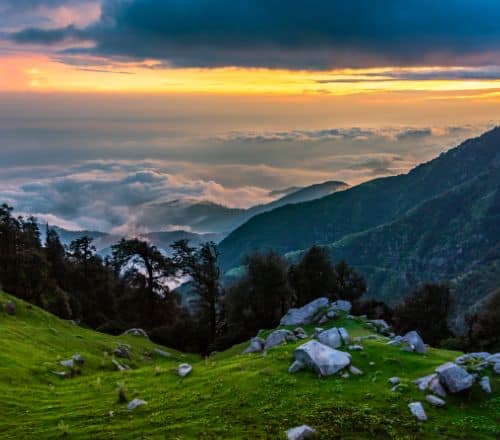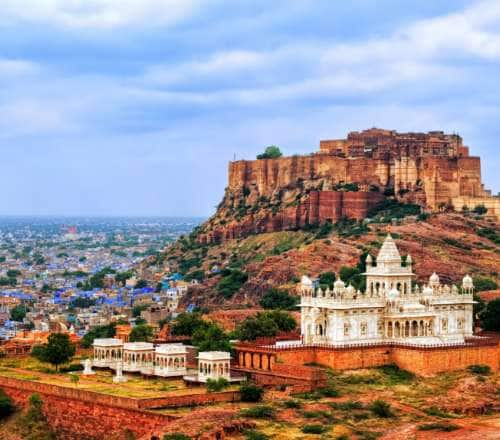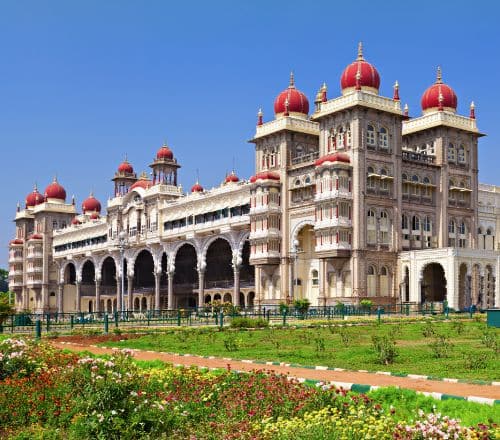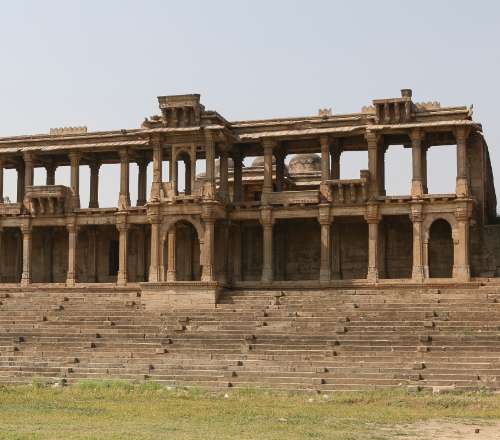Stay logged in to proceed with bookings, orders and offers.
On changing the terminal, you will loose items in your cart. Are you sure you want to change your terminal?
From green rainforests to waterfalls, navigate through Agumbe and discover the mighty King Cobra's habitat.
Like me, if you were born in the 90s, you would be familiar with RK Narayan’s novel, Malgudi Days. This captivating tale follows Swami and his friends as they play alongside a river, relishing carefree days in the town of Malgudi. Not many know that in the novel's tele-adaptation, the fictional village of Malgudi was shot in the small town of Agumbe in Karnataka. Known as the Cherrapunji of South India due to the amount of rain it receives, Agumbe is full of beautiful forests, evergreen rainfalls and diverse flora and fauna. Situated in the densely forested region of Malenadu in the Western Ghats, this small village in Karnataka is popular with travellers from the north and the south.
But there is another reason why Agumbe has a renowned stature. Its dense foliage and greenery make it the perfect home for the King Cobra. King Cobras reach up to 18 feet in length and hold the record for being the world's longest venomous snakes. Agumbe, with its snake population, is an ideal location for researching the elusive King Cobra. It was here that Romulus Whitaker, a herpetologist and wildlife conservationist, learnt about the species before starting the Agumbe Rainforest Research Station in 2005. Most of the year, the weather in Agumbe is pleasant. However, the best time to visit the village is during the monsoons, when the beauty of the forest is at its best. This is also an incredible time to trek and explore the jungles of Agumbe. During my three-day getaway, I explored, on foot, some of the most stunning vistas here. If you are heading to Agumbe, here is what you should include in your itinerary.
Read More
Read Less
Located at 3,800 ft, Narasimha Parvatha is the tallest peak in this tropical rainforest. On the first day of our getaway, we started our trek from Malandur village and made our way through dense forests to emerge at the top of the peak, with stunning views of the Kudremukh valley. On your way, don't forget to visit the Barkana Waterfalls—the tenth-highest waterfall in India. On the trek, I came across a forest full of birds chirping, buzzing insects and the rustling of leaves, as if the whole place had come alive. As I stepped into the lush green canopy of Agumbe, my senses were immediately transported into a world of vivid sights, sounds and smells. Inside the Agumbe rainforest, the air was thick and foggy, the damp earth dotted with wildflowers, and a cool misty wind blowing. Visit Agumbe post the rainy season to enjoy the best of its surroundings. Other waterfalls you can explore on foot include Onake Abbi Falls and Koodlu Theertha Falls.
At a distance of 25 km from Agumbe lies the Gopalakrishna Temple. It belongs to the 14th-century Hoysala period and is famous for its stunning sculptures, made under the guidance of architect Muniyangala Krishna Prasad. We made our way to the temple on our second day of the trip, climbing its 108 steps that symbolise the 108 names of Lord Krishna, leading us from the base of the hill to the sanctum sanctorum.
In an area of about 314 sq km, this wildlife sanctuary is 21 km from Agumbe. It is home to various animals, including jackals and spotted deer. A few private companies organise guided trekking and bird-watching activities. However, there are no jeep safaris in this sanctuary. At a nature camp inside the sanctuary, you can opt for white water river rafting in the Sita River. With both mild and strong rapids, the experience is exhilarating, to say the least.
For most of us who grew up watching Malgudi Days, Agumbe is synonymous with the hit TV show. And Doddamane, or the Big House, where Swamy lived, attracted many travellers to Agumbe for years. For an authentic village experience, we chose to stay here instead of a hotel. We were showered with love and care by Kasturi Akka, whose family takes care of the 100-year-old heritage homestay. We were greeted with simple vegetarian food and warm hospitality, which completely won us over.
On our third day in Agumbe, we went to the Jogi Gundi Falls. The falls emerge from a cave and babble over rocks and stones before slinking downwards. It is believed to be named after a saint who meditated here. We took off our shoes and put our feet inside the small pool at the bottom of the falls, and talked for hours before heading to the sunset point. The sunset point is a ten-minute walk from the falls and offered panoramic views of the valley. We sat for a picnic on the grass and saw the sun go down the valley.
For those who seek an immersive experience, I suggest volunteering with the Kalinga Centre for Rainforest Ecology (KCRE), founded by biologist P Gowri Shankar in 2012. It is deep in the silvery-fog-covered forested land of Agumbe. Visitors can select from a variety of camping alternatives at the centre. For individuals interested in rainforest ecology and wildlife conservation, Gowri Shankar and his colleagues also offer general treks, nature photography, bird watching, specific seminars focusing on reptile ecology, and field technique courses. Things to keep in mind: If you intend to hike near Agumbe, you must first obtain the proper permits from the Divisional Forest Officer of the Shimoga Division or the Range Forest Officer of Megaravalli. The airport nearest to Agumbe is Mangaluru Airport, at 95 km. The nearest railway station is the Udupi Railway Station, about 50 km from Agumbe. You can drive to Agumbe from Bangalore or take a bus to the village.





The Adani One expressly disclaims all liability, direct and indirect, in respect to actions taken or not taken based on any or all the contents of this Blog. The Blog is an opinion of the contributor based on the collation of data from various sources and is provided only for information purpose. Adani One does not canvass, advertise, solicit, invite or induct for any product, merchandise, information, brand or any other materials mentioned in the Blog, nor does it obtain any monetary benefit from the same. Reader is advised to read and apply his/her intellect and discretion in this regard. Any Intellectual Property mentioned in this blog belongs to the rightful owner. We do not intent to claim any interest over the same.